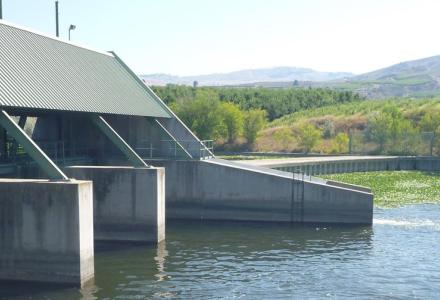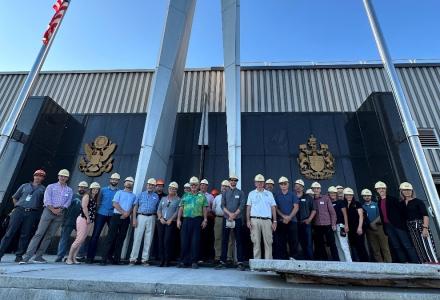One of the ways that the International Joint Commission (IJC) encourages broad public participation and outreach in its scientific studies is through Public Advisory Groups, also known as PAGs.
Whether working or retired, PAG members represent such fields as academia, government, nonprofit and scientific organizations, and draw on their knowledge, contacts and experience in each of their communities of interest to provide advice to a Study Board.
In most cases, the IJC sets up a study board when it receives a formal request from the governments of the United States and Canada to advise on issues of quantity, flow or quality of water in one of the 15 transboundary basins that line the Canada-US border. The Commission also is responsible for appointing PAG members.
PAGs typically comprise an equal number of members from the United States and Canada, and are led by co-chairs from each of the two countries.

Meet two PAGs
The IJC currently has two studies with active PAGs. The International Lake Champlain-Richelieu River Study Board has a PAG with 11 members and some vacancies to be filled. The group held its first meeting in December 2017 and will be involved in each step of a five-year, CDN$11.3 million (US$9 million) study of flood mitigation measures and approaches for flood forecasting and preparedness.
Also in its initial stages is a PAG for the International Souris River Study Board, a smaller study looking at ideas to better manage reservoir operations and protect against flood conditions in the transboundary river.
What does a PAG do?
The role of a PAG is to advise a study board on ways to effectively encourage the public’s involvement in a study. This might mean advising on the development of informational products such as brochures, fact sheets, and videos to help explain the economic, political or social impacts that the scientific recommendations might have on communities. PAG members also make sure that a study board considers the unique views and perspectives of local people, organizations and businesses, as well as municipal governments.
Often, a PAG will host public meetings to exchange ideas between a study board and the public. PAGs use several channels to communicate, including traditional and social media, word-of-mouth, meetings and events. The best way to stay connected with a study is through its IJC web page. Information on IJC boards can be found here.
A historical commitment
The Commission has a long-standing reputation for integrating public consultation with scientific study for the best possible outcome. The Boundary Waters Treaty of 1909—from which the IJC was created—mandates that all interested parties be given opportunity to be heard in any matter before the Commission.




